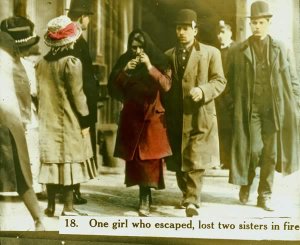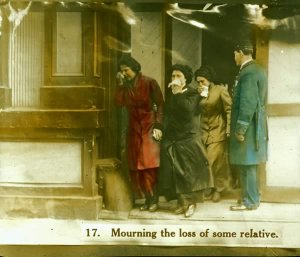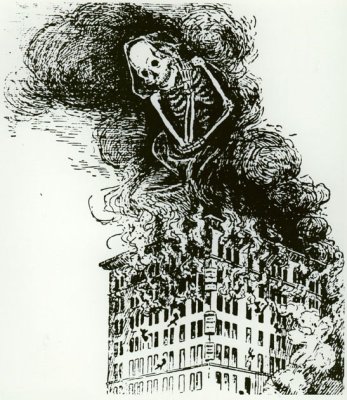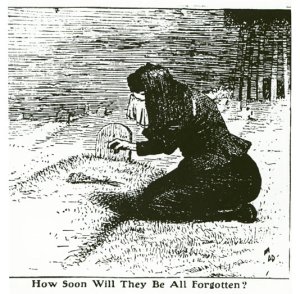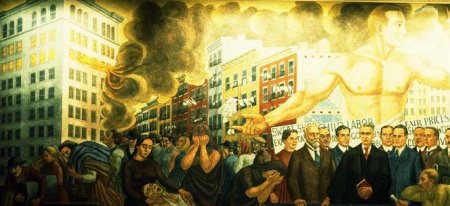At first, on the advice of a wary old friend, I was meek enough to stipulate that the book be brought out anonymously. I doubt that I shall ever regret that soon afterwards, realizing how likely a mask was to betray my own cause, I decided to sign Lolita. The four American publishers, W, X, Y, Z, who in turn were offered the typescript and had their readers glance at it, were shocked by Lolita to a degree that even my wary old friend F.P. had not expected.
While it is true that in ancient Europe, and well into the eighteenth century (obvious examples come from France), deliberate lewdness was not inconsistent with flashes of comedy, or vigorous satire, or even the verbe of a fine poet in a wanton mood, it is also true that in modern times the term pornography
connotes mediocrity, commercialism, and certain strict rules of narration. Obscenity must be mated with banality because every kind of aesthetic enjoyment has to be entirely replaced by simple sexual stimulation which demands the traditional word for direct action upon the patient. Old rigid rules must be followed by the pornographer in order to have his patient feel the same security of satisfaction as, for example, fans of detective stories feel–stories where, if you do not watch out, the real murderer may turn out to be, to the fan’s disgust, artistic originality (who for instance would want a detective story without a single dialogue in it?). Thus, in pornographic novels, action has to be limited to the copulation of clichés. Style, structure, imagery should never distract the reader from his tepid lust. The novel must consist of an alternation of sexual scenes. The passages in between must be reduced to sutures of sense, logical bridges of the simplest design, brief expositions and explanations, which the reader will probably skip but must know they exist in order not to feel cheated (a mentality stemming from the routine of true
fairy tales in childhood). Moreover, the sexual scenes in the book must follow a crescendo line, with new variations, new combinations, new sexes, and a steady increase in the number of participants (in a Sade play they call the gardener in), and therefore the end of the book must be more replete with lewd lore than the first chapters.
Certain techniques in the beginning of Lolita (Humbert’s Journal, for example) misled some of my first readers into assuming that this was going to be a lewd book. They expected the rising succession of erotic scenes; when these stopped, the readers stopped, too, and felt bored and let down. This, I suspect, is one of the reasons why not all the four firms read the typescript to the end. Whether they found it pornographic or not did not interest me. Their refusal to buy the book was based not on my treatment of the theme but on the theme itself, for there are at least three themes which are utterly taboo as far as most American publishers are concerned. The two others are: a Negro-White marriage which is a complete and glorious success resulting in lots of children and grandchildren; and the total atheist who lives a happy and useful life, and dies in his sleep at the age of 106.
Some of the reactions were very amusing: one reader suggested that the firm might consider publication if I turned my Lolita into a twelve-year-old lad and had him seduced by Humbert, a farmer, in a barn, amidst gaunt and arid surroundings, all this set forth in short, strong, realistic
sentences. (He acts crazy. We all act crazy, I guess. I guess God acts crazy.
Etc.) Although everybody should know that I detest symbols and allegories (which is due partly to my old feud with Freudian voodooism and partly to my loathing of generalizations devised by literary mythists and sociologists), an otherwise intelligent reader who flipped through the first part described Lolita as Old Europe debauching young America,
while another flipper saw it as Young America debauching old Europe.
Publisher X, whose advisers got so bored with Humbert that they never got beyond page 188 [where Lo suggests the second road trip –R.G.], had the naïveté to write me that Part Two was too long. Publisher Y, on the other hand, regretted that there were no good people in the book. Publisher Z said if he printed Lolita, he and I would go to jail.
No writer in a free country should be expected to bother about the exact demarcation between the sensuous and the sensual; this is preposterous; I can only admire but cannot emulate the accuracy of judgment of those who pose the fair young mammals photographed in magazines where the general neckline is just low enough to provoke a past master’s chuckle and just high enough not to make a postmaster frown. I presume there exist readers who find titillating the display of mural words in those hopelessly banal and enormous novels which are typed out by the thumbs of tense mediocrities and called powerful
and stark
by the reviewing hack. There are gentle souls who would pronounce Lolita meaningless because it does not teach them anything. I am neither a reader nor a writer of didactic fiction, and, despite John Ray’s assertion, Lolita has no moral in tow. For me a work of fiction exists only insofar as it affords me what I shall bluntly call aesthetic bliss, that is a sense of being somehow, somewhere, connected with other states of being where art (curiosity, tenderness, kindness, ecstasy) is the norm. There are not many such books. All the rest is either topical trash or what some call the Literature of Ideas, which very often is topical trash coming in huge blocks of plaster that are carefully transmitted from age to age until somebody comes along with a hammer and takes a good crack at Balzac, at Gorki, at Mann.
–Vladimir Nabokov (November 12, 1956), On a book entitled Lolita, from Lolita (ISBN 0-425-04680-X), pp. 284–286.
